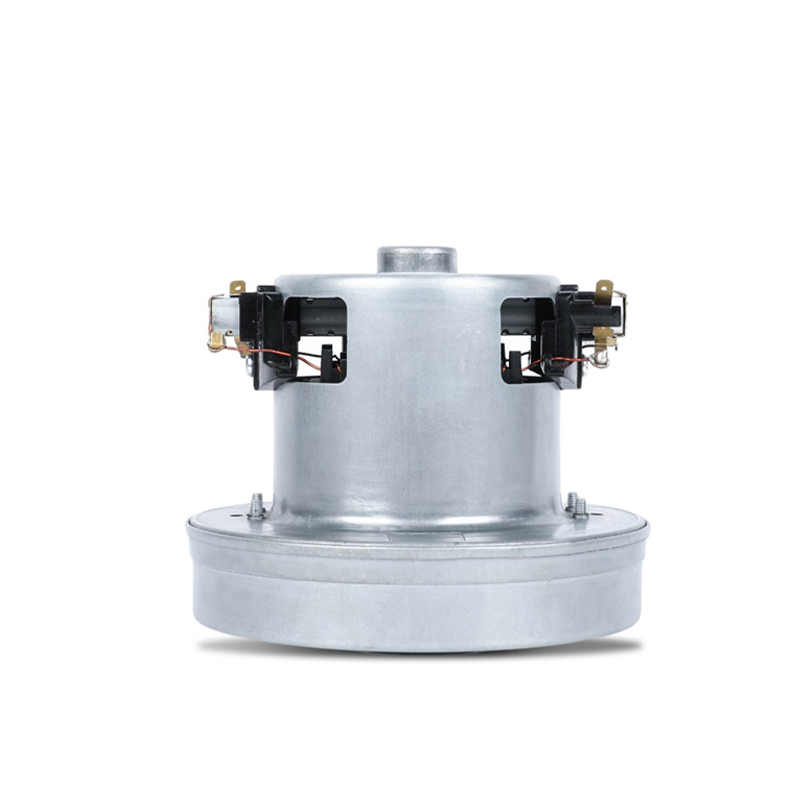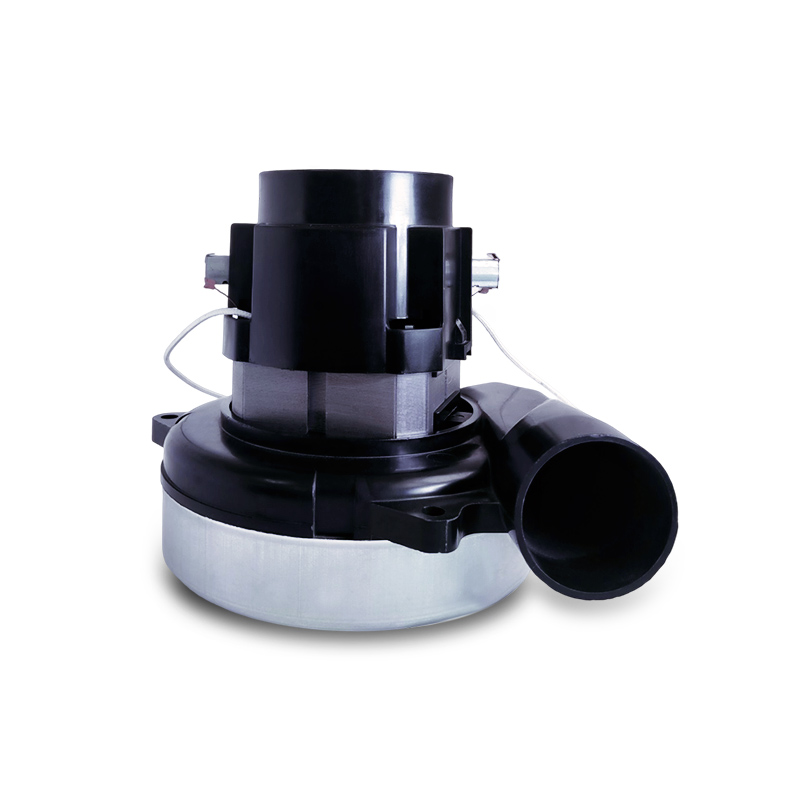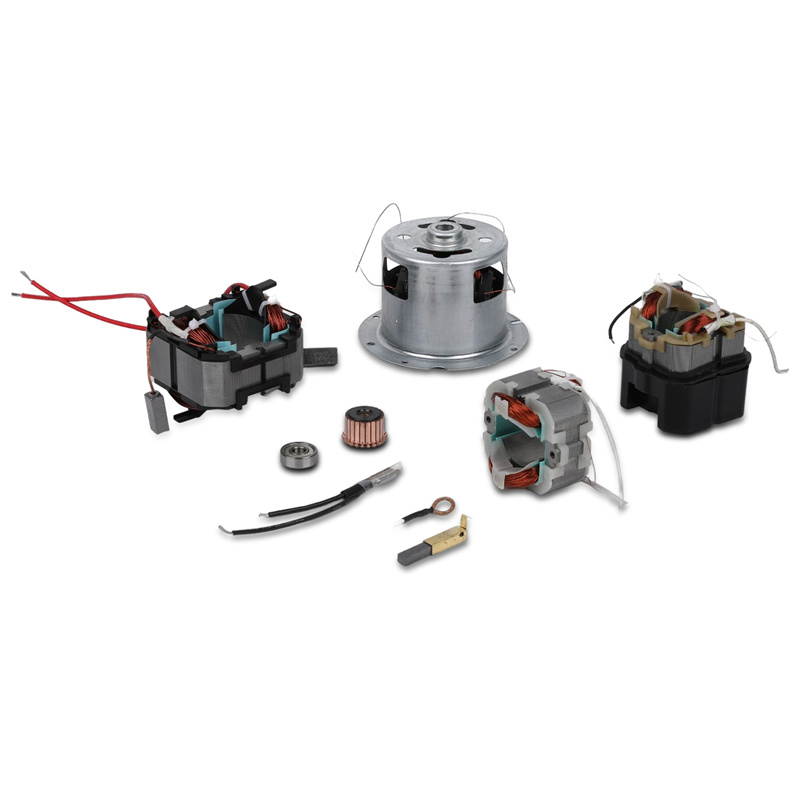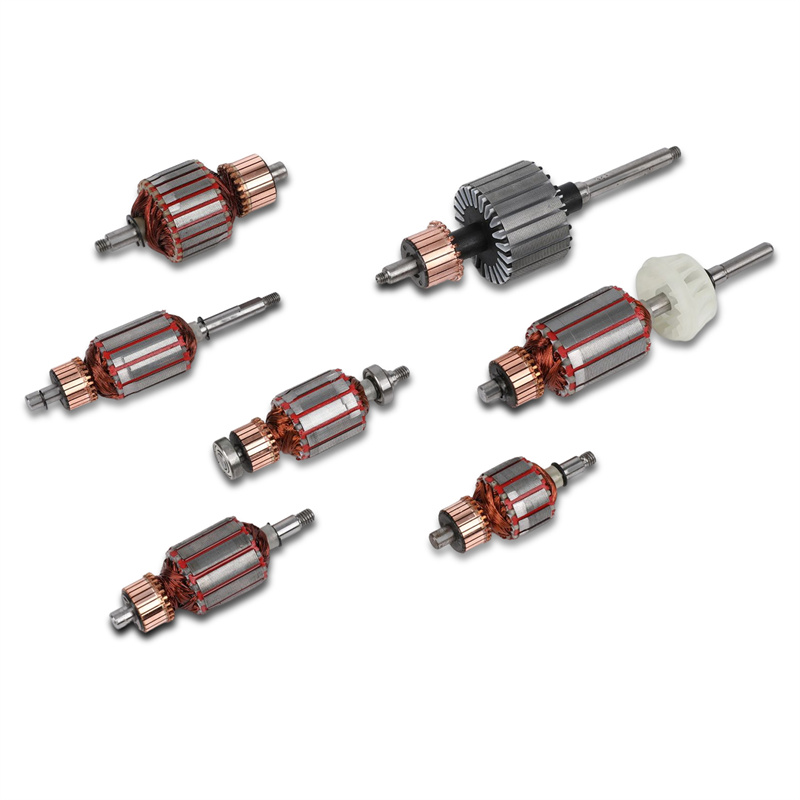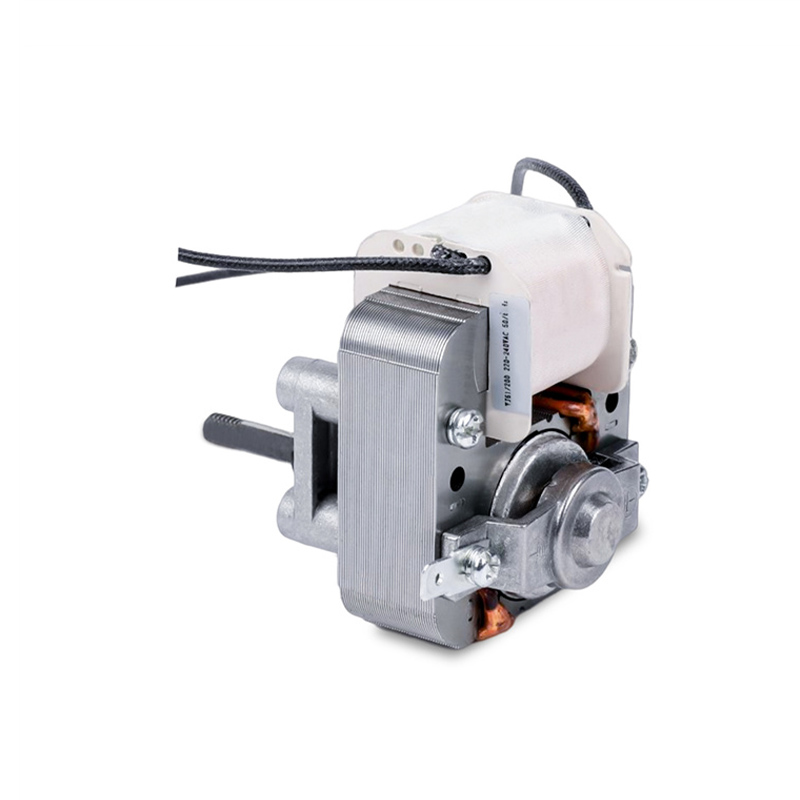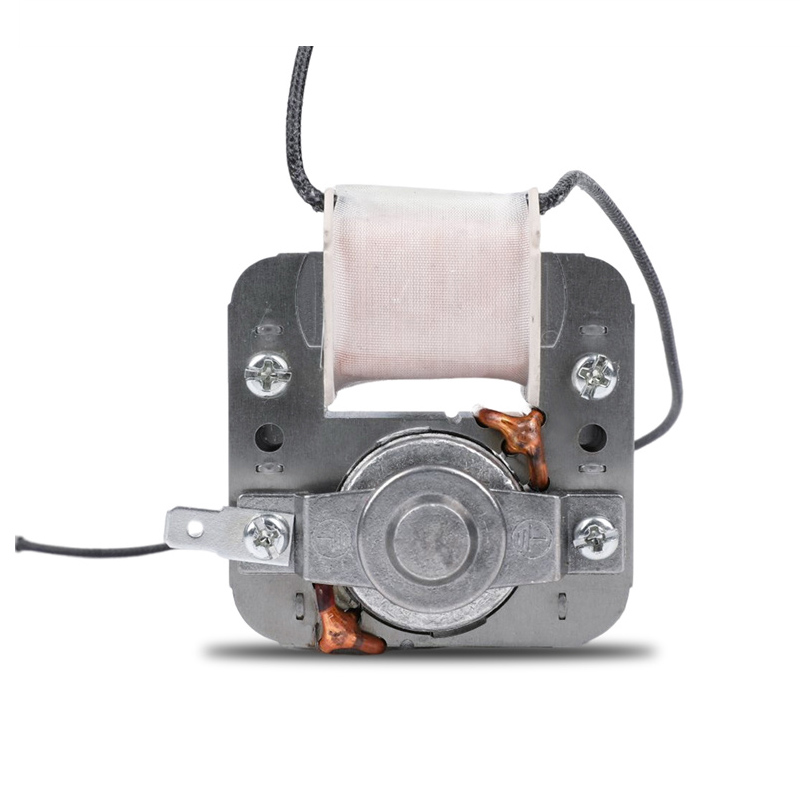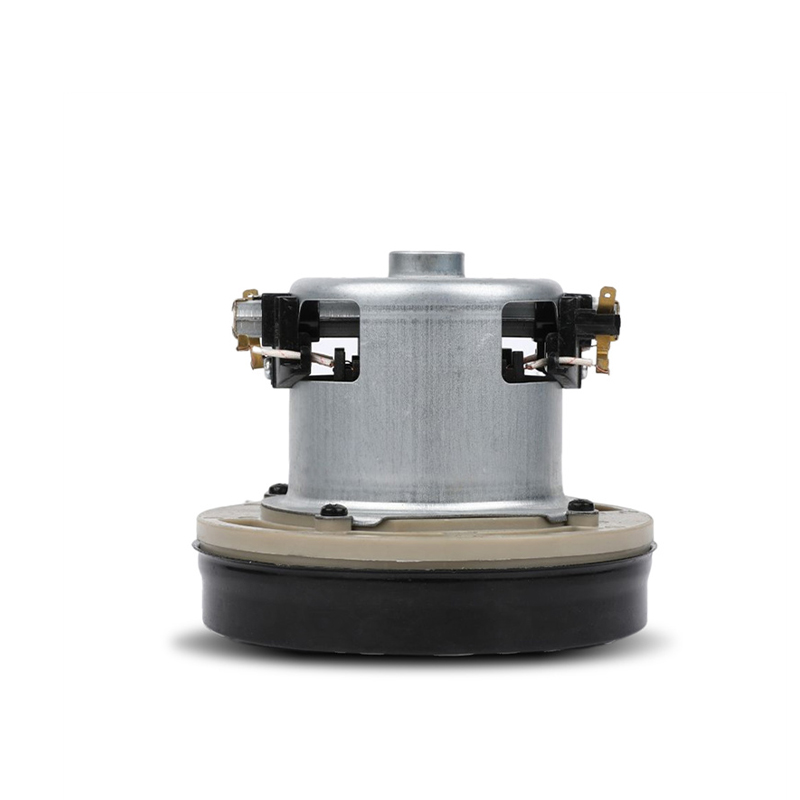What are the functions of braking and current direction control of the DC motor of a dry vacuum cleaner
In actual operation, in order to better control and adapt to various working scenarios, the DC motor of dry vacuum cleaners adopts a braking system and a current direction control system.
Braking System
Braking principle
The braking system is a mechanism to quickly stop the rotation of the motor when needed. In vacuum cleaner DC motors, electromagnetic brakes are usually used as part of the braking system. Electromagnetic brakes use the principle of electromagnetism to generate a magnetic field by applying current to the brake, thereby braking the rotor.
Braking device
Braking devices usually consist of electromagnetic coils, magnets and mechanical devices. When it is necessary to stop the movement of the motor, the system activates the electromagnetic coil by applying current to generate a magnetic field. This magnetic field interacts with the magnets to create a braking torque that slows or stops the rotation of the rotor.
brake control
The control of the braking system can be achieved through the motor control system. When it is necessary to stop the movement of the motor, the control system will apply appropriate current to the braking device to activate the braking device. The magnitude and duration of the braking torque can be achieved by adjusting the applied current.
Current direction control system
Commutator
In a DC motor, in order to keep the motor rotating continuously, the direction of the current needs to be changed periodically. In vacuum cleaner DC motors this is usually achieved via a commutator. The commutator is a rotary switch used to change the direction of current flow as the rotor rotates.
Brush
Commutators are usually used in conjunction with brushes, which are connected to the stator windings of the motor and conduct current into the rotor through contact with the commutator. The position of the brush and the contact with the commutator directly affect the direction of the current and the timing of switching.
Electronic commutation system
In addition to traditional mechanical commutation systems, some advanced vacuum cleaner DC motors use electronic commutation systems. This system uses an electronic control unit (ECU) to monitor the position of the rotor in real time and accurately control the direction of the current, achieving more precise and flexible current direction control.
Synergy of braking and current direction control
Braking and reversing synergy
In vacuum cleaner DC motors, the braking system and the current direction control system usually work together. When it is necessary to stop the motor from rotating, the braking system is activated to slow down or stop the movement of the rotor, while the current direction control system ensures that the motor resumes motion at the appropriate time.
Precise control
Through synergy, the movement of the motor can be controlled more precisely. This is very important for vacuum cleaner usage scenarios, especially in cleaning tasks that require flexibility and efficiency.
Type YH-(D-2S),voltage100-240V, rated input power 600-800W, rated frequency 50/60Hz, max vacuum degree 24.1kpa, max air flow 1.9 M3/min, Temperature rise 70k, noise less than 95dB, spark less than 1, class of insulation e, max efficiency 29.3%.
This product can also be made 12V , 24V , 36V ,48V.
The motor has long life which can last above 500hours.


 English
English Deutsch
Deutsch Español
Español 中文简体
中文简体